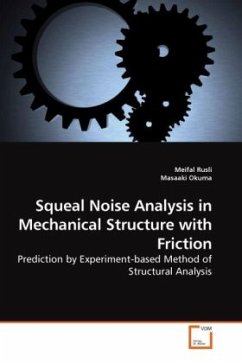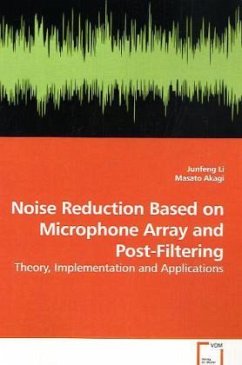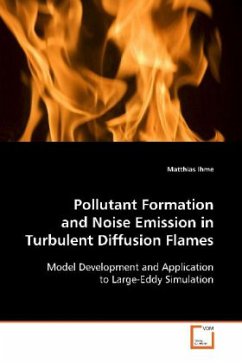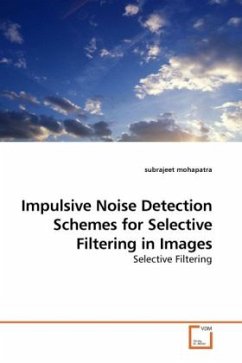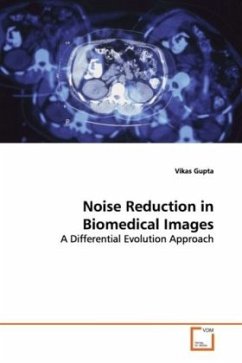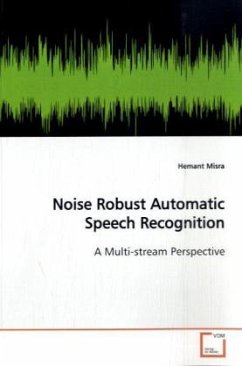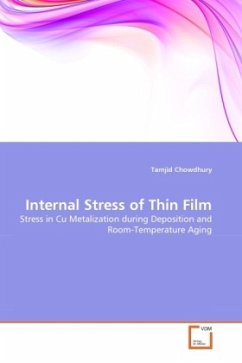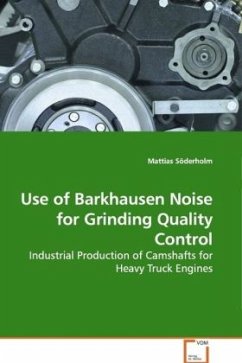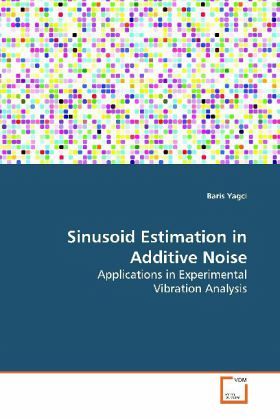
Sinusoid Estimation in Additive Noise
Applications in Experimental Vibration Analysis
Versandkostenfrei!
Versandfertig in 6-10 Tagen
39,99 €
inkl. MwSt.

PAYBACK Punkte
20 °P sammeln!
A classical problem in engineering is to estimatefrequencies and amplitudes of sinusoids in datacorrupted by noise. This problem arises in differentfields like economics, medicine, seismology, energyconversion, and control systems. Fast FourierTransform (FFT), a deterministic method,is the most commonly used method to obtain frequencycontents of data. However, in the presence of noiseFFT does not yield reliable estimates of the amplitudesand frequencies of sinusoids. This book presentsstochastic methods to solve the sinusoid estimationproblem. The main advantage of the methods presentedhere is...
A classical problem in engineering is to estimate
frequencies and amplitudes of sinusoids in data
corrupted by noise. This problem arises in different
fields like economics, medicine, seismology, energy
conversion, and control systems. Fast Fourier
Transform (FFT), a deterministic method,
is the most commonly used method to obtain frequency
contents of data. However, in the presence of noise
FFT does not yield reliable estimates of the amplitudes
and frequencies of sinusoids. This book presents
stochastic methods to solve the sinusoid estimation
problem. The main advantage of the methods presented
here is the convergence of the estimated spectrum to
the point spectrum of the sinusoids. The convergence
property is especially useful at the analysis stage
because
the artifacts due to noise process disappear with
convergence of the spectrum. This helps
interpreting the spectrum of a process corrupted by
noise with unknown properties. The uses of the
methods presented are illustrated on examples from
structural
vibration analysis.
frequencies and amplitudes of sinusoids in data
corrupted by noise. This problem arises in different
fields like economics, medicine, seismology, energy
conversion, and control systems. Fast Fourier
Transform (FFT), a deterministic method,
is the most commonly used method to obtain frequency
contents of data. However, in the presence of noise
FFT does not yield reliable estimates of the amplitudes
and frequencies of sinusoids. This book presents
stochastic methods to solve the sinusoid estimation
problem. The main advantage of the methods presented
here is the convergence of the estimated spectrum to
the point spectrum of the sinusoids. The convergence
property is especially useful at the analysis stage
because
the artifacts due to noise process disappear with
convergence of the spectrum. This helps
interpreting the spectrum of a process corrupted by
noise with unknown properties. The uses of the
methods presented are illustrated on examples from
structural
vibration analysis.



